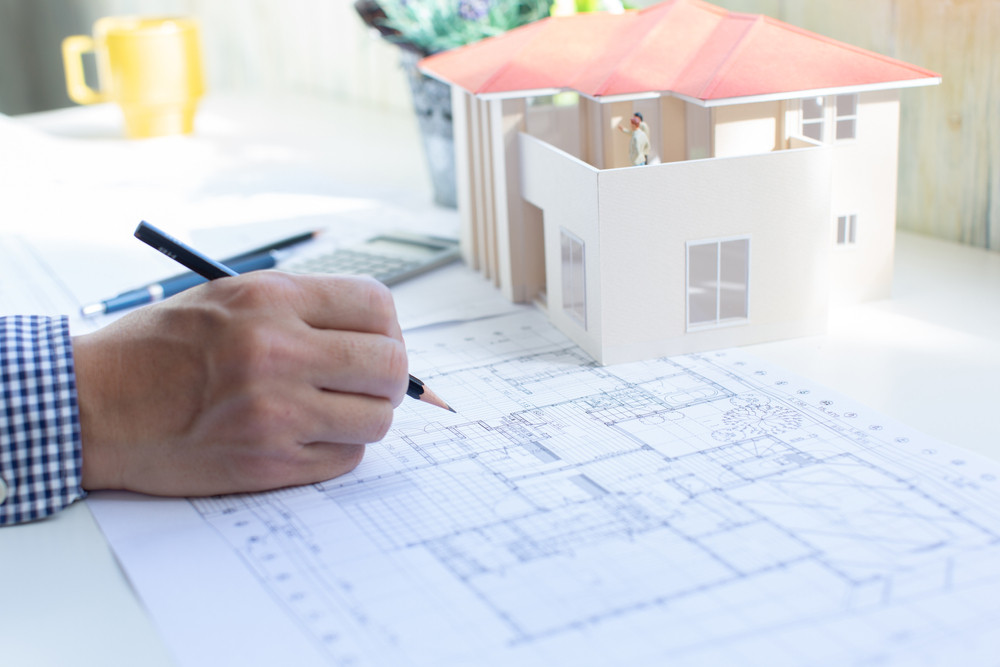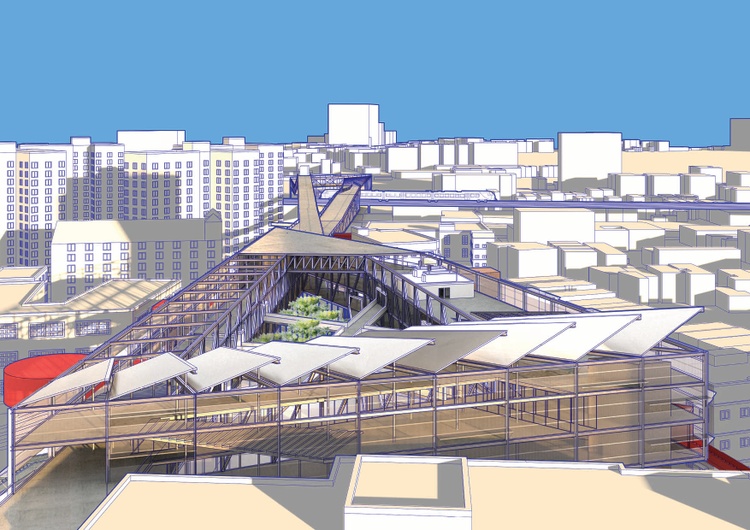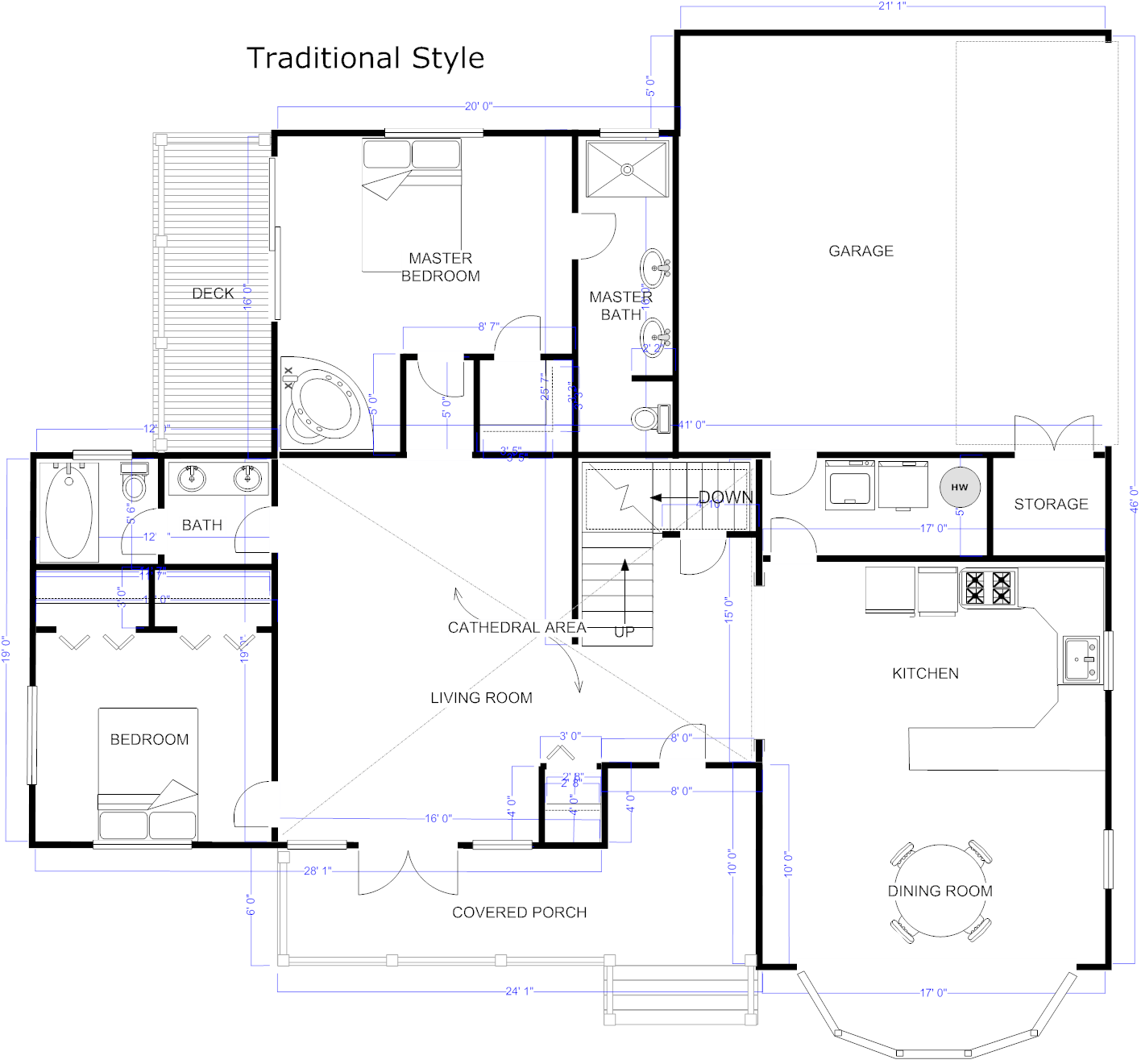The Creative Refine Behind Successful Jobs from CDA Architects
The Creative Refine Behind Successful Jobs from CDA Architects
Blog Article
The Influence of Technological Developments on the Layout Practices of Contemporary Architects
The fast evolution of technical tools has actually considerably improved the design landscape for modern architects, cultivating unprecedented degrees of development and sustainability. The assimilation of Building Details Modeling (BIM), parametric style, and expert system has not just streamlined partnership amongst diverse groups but likewise redefined task execution. Nevertheless, as architects accept these innovations, they are confronted with intricate challenges that might influence their innovative procedures. Exploring these dynamics reveals a nuanced interplay in between modern technology and traditional style techniques, prompting a better assessment of what the future holds for building techniques.
Evolution of Architectural Equipment
Exactly how have building tools changed the style and construction processes over the centuries? The evolution of building devices has actually substantially influenced the efficiency, precision, and creative thinking of design and building. In old times, architects count on simple tools such as plumb bobs, measuring rods, and fundamental geometry to produce structures. These devices laid the foundation for very early architectural method, permitting the building and construction of legendary structures, albeit with constraints in accuracy and complexity.
With the introduction of the Renaissance, the intro of the compass and the protractor noted an essential shift. These tools enabled designers to attain higher precision in their layouts, helping with the development of even more intricate and proportional buildings. The Industrial Revolution even more reinvented architectural experiment the intro of mechanical tools and products, enabling larger and extra enthusiastic tasks.
In the 20th century, the growth of computer-aided layout (CAD) software changed the landscape once more, offering designers with unmatched capacities in modeling and visualization. Today, advanced devices such as Structure Information Modeling (BIM) and parametric design software remain to press the boundaries of building innovation, enabling an extra incorporated strategy to design and construction procedures.
Improved Cooperation in Layout
As technology remains to progress, improved collaboration in design has actually come to be a keystone of modern-day building technique. The integration of digital devices such as Structure Info Modeling (BIM), cloud-based systems, and progressed visualization software application has actually transformed the means architects, engineers, and stakeholders communicate throughout the design process. These devices promote real-time communication, enabling groups to share ideas, alterations, and comments instantly, regardless of geographical location.

Furthermore, interdisciplinary partnership has been streamlined via these technological improvements, allowing architects to work more closely with various other experts, such as city planners and ecological consultants. The result is an extra cohesive method to design that thinks about different perspectives and competence. Eventually, improved cooperation in design is not merely a pattern; it is essential for creating ingenious, practical, and visually pleasing design in a progressively intricate world.

Sustainability Via Innovation
Sustainability in style has increasingly come to be linked with technological technology, driving the sector towards eco liable techniques. Contemporary architects are leveraging innovative modern technologies to minimize environmental impact while boosting the efficiency of buildings. cda architects. One noticeable example is the use of Structure Details Modeling (BIM), which permits for precise preparation and source allotment, decreasing waste during construction and promoting power efficiency throughout a building's lifecycle
In addition, clever products and energy-efficient systems are being integrated right into styles to enhance resource usage. Technologies such as photovoltaic cells and green roof systems harness renewable resource sources, adding to minimized carbon impacts. Furthermore, the application of fabricated intelligence in style procedures makes it possible for you can try this out architects to simulate and assess power consumption, leading choices toward more lasting end results.
The integration of lasting innovations not just aligns with worldwide ecological goals however likewise meets a raising need from consumers for environment-friendly services. As engineers welcome these technologies, the focus shifts towards producing click over here rooms that are not just aesthetically pleasing but likewise functionally lasting, therefore redefining the criteria of contemporary design. This way, modern technology functions as a stimulant for sustainability, allowing engineers to design buildings that regard and improve the all-natural atmosphere.
Obstacles in Implementation
While technological innovations in style hold terrific guarantee for boosting sustainability, their application frequently comes across considerable obstacles. One key challenge is the steep knowing contour connected with new technologies. Designers and construction specialists might require considerable training to effectively use innovative software application and tools, which can postpone project timelines and increase prices.
Additionally, the integration of arising technologies, such as Building Details Modeling (BIM) and lasting materials, often demands partnership across multidisciplinary teams. This cooperation can be hindered by differences in proficiency, process, and interaction designs, resulting in possible problems and ineffectiveness.

Additionally, governing structures and building regulations might not equal technical advancements, creating uncertainty and possible compliance concerns. This difficulty can dissuade designers from completely accepting new technologies, as the threat of non-compliance might outweigh the advantages. For that reason, dealing with these implementation difficulties is important for the effective assimilation of technical innovations in contemporary architectural practices.
Future Patterns in Design
The difficulties linked with the application of new technologies in design have motivated a reevaluation of future fads within the market - cda architects. As architects browse concerns such as sustainability, urbanization, and social equity, they are significantly adopting cutting-edge innovations to boost layout effectiveness and ecological efficiency
One popular fad is the combination of man-made intelligence (AI) in the her latest blog design procedure. AI tools can examine vast datasets to educate style decisions, boosting both creativity and capability. Similarly, Building Info Modeling (BIM) remains to evolve, making it possible for real-time collaboration among stakeholders and assisting in streamlined project monitoring.
Lasting layout practices are additionally obtaining energy, with architects concentrating on adaptive reuse and regenerative layout concepts that decrease source usage and waste. The consolidation of clever materials and renewable resource resources will additionally improve the resilience of structures despite environment change.
In addition, the surge of parametric layout enables even more tailored and context-sensitive building services (cda architects). By using these developments, designers are poised to produce developed settings that not only address the immediate needs of society yet likewise expect future difficulties, consequently redefining the duty of style in an ever-changing world
Verdict
Technical advancements have actually substantially reshaped building design methods, facilitating boosted accuracy, collaboration, and sustainability. The assimilation of devices such as Building Details Modeling and parametric layout software application, alongside artificial intelligence and clever products, encourages designers to address intricate difficulties more successfully.
Report this page